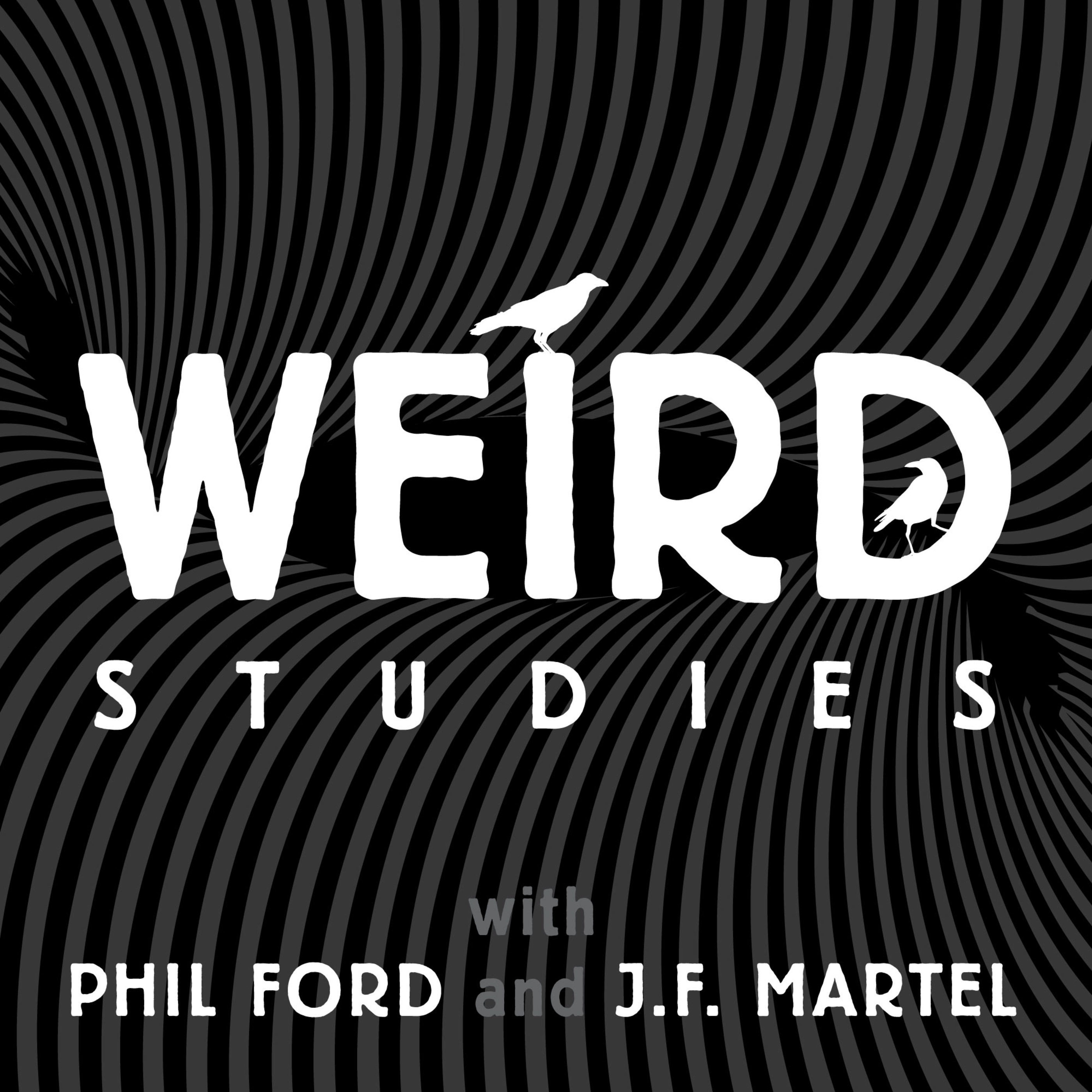Episode 87: Glyphs, Rifts, and Ecstasy: On Arthur Machen's Vision of Art

It would be wrong to describe Arthur Machen's Hieroglyphics: A Note Upon Ecstasy in Literature (1902) as a work of nonfiction, since the book features a narrative frame that is as moody and irreal as the best tales penned by this luminary of weird fiction. But if the eccentric recluse at the centre Hieroglyphics is a fictional philosopher, he is one who, in Phil and JF's opinion, rivals most aesthetic thinkers in the history of philosophy. The significance of this text lies in its willingness to disclose a function of art that few before Machen had dared to touch, namely its capacity to generate ecstasy by confronting us with the mystery that beats the heart of existence. In this episode, your hosts discuss a work which, in their opinion, comes as close to scripture as the nonexistent field of Weird Studies is likely to get.
\n\nREFERENCES
\n\nArthur Machen, Hieroglyphics: A Note Upon Ecstasy in Literature
\n\nThomas Ligotti, Songs of a Dead Dreamer
\nWeird Studies, Episode 3 on the White People
\nJ.F. Martel, Reclaiming Art in the Age of Artifice
\nWeird Studies, Episode 63 on Colin Wilson\u2019s 'The Occult'
\nWilliam Shakespeare, Hamlet
\nIndra\u2019s Net, philosophical concept
\nJames Machin, Weird Fiction in Britain, 1880 \u2013 1939
\nWeird Studies, Episode 5 on Lisa Ruddick's 'When Nothing is Cool'
\nOscar Wilde, The Soul of Man Under Socialism
\nRudolph Otto, German theologian